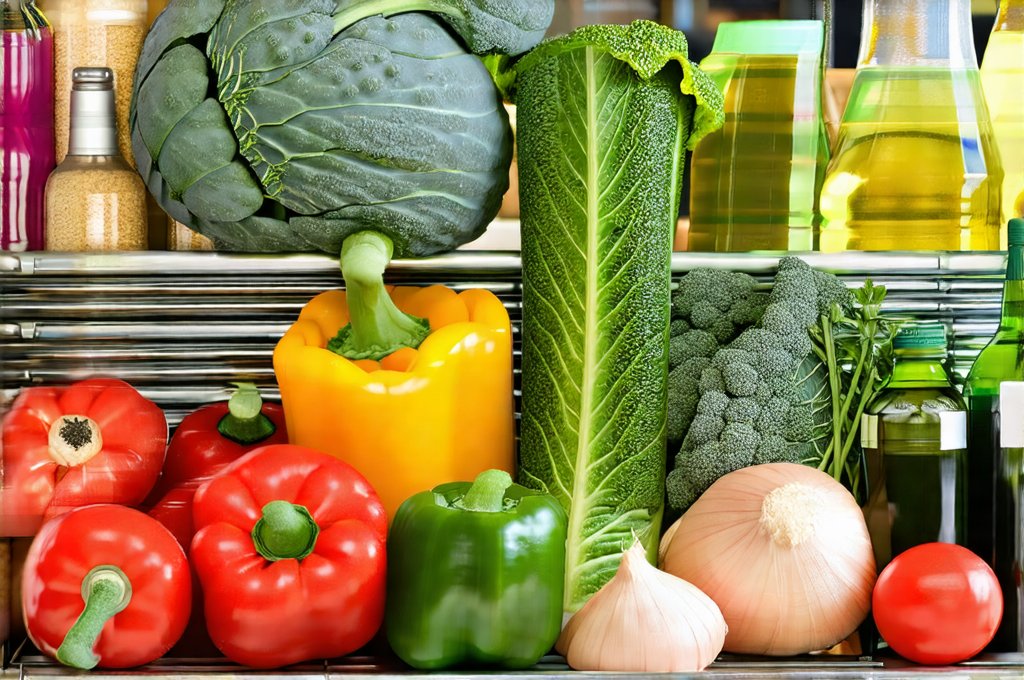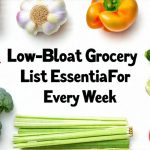Navigating dietary restrictions can often feel like an expensive endeavor, especially when dealing with something as specific as the low-FODMAP diet. Many assume that eating this way requires niche ingredients and significantly higher grocery bills. However, a thoughtful approach to shopping – one focused on affordability and utilizing readily available foods – can make it surprisingly accessible. This guide is designed for budget-conscious individuals who want to successfully implement a low-FODMAP diet without breaking the bank. It’s about smart choices, maximizing resources, and understanding that healthy eating doesn’t equate to expensive eating.
The low-FODMAP diet, initially developed for managing Irritable Bowel Syndrome (IBS) symptoms, requires eliminating certain types of carbohydrates – Fermentable Oligosaccharides, Disaccharides, Monosaccharides, and Polyols – that are poorly absorbed in the small intestine. This can seem daunting, but it’s more about substitution than deprivation. It’s crucial to remember that this diet is often used as a temporary elimination strategy to identify triggers, meaning long-term reliance isn’t always necessary. Focusing on whole foods, planning meals around sales and seasonal produce, and learning how to creatively adapt recipes are all key to keeping costs down while adhering to the dietary guidelines. We’ll explore a practical weekly grocery list designed with affordability in mind, alongside tips for maximizing your budget. Considering starting with a low-fodmap grocery list can help you navigate this process.
Building Your Low-FODMAP Pantry on a Budget
The foundation of any successful low-FODMAP diet is a well-stocked pantry – but that doesn’t mean filling it with expensive specialty items. Start by focusing on naturally low-FODMAP foods and building from there. Many staples you likely already have, or can find at affordable prices, form the core of your shopping list. Rice, oats (in moderation), quinoa, lactose-free dairy alternatives (like almond milk), and certain fruits like bananas (ripe but not overripe) and blueberries are all excellent starting points. Don’t underestimate the power of frozen vegetables – they’re often cheaper than fresh, just as nutritious, and have a longer shelf life.
A key component of budget-friendly low-FODMAP shopping is learning to identify hidden FODMAPs in seemingly innocuous products. Many processed foods contain ingredients like high-fructose corn syrup or onion/garlic powder which need to be avoided. Reading labels carefully and choosing whole, unprocessed options whenever possible will save you money and prevent accidental symptom flare-ups. Additionally, consider buying in bulk when possible – especially for items like rice, oats, and nuts (ensure proper storage to maintain freshness). To help streamline this process, review anti-bloating staples before heading to the store.
Finally, remember that the low-FODMAP diet isn’t a one-size-fits-all approach. Individual tolerance levels vary, so it’s important to gradually reintroduce foods during the elimination phase to determine your personal triggers. This will allow you to tailor your grocery list and spending habits even further, focusing only on the foods that are truly necessary for managing your symptoms. Understanding gerd triggers can also help refine your dietary choices.
Weekly Grocery List Essentials (Budget-Friendly)
This list is designed as a starting point, adaptable based on individual preferences and local pricing. Prices can vary significantly depending on location and store, so consider this an estimate. We’ll aim for a weekly spend of around $70-$100, assuming some pantry staples are already available.
- Grains: Rice (brown or white) – $5, Oats (rolled oats – check portion sizes) – $4, Quinoa – $6
- Protein: Chicken breasts (or thighs for cheaper option) – $12, Canned tuna in water – $5, Eggs – $4, Firm tofu – $3
- Produce: Bananas (slightly green) – $2, Blueberries (frozen or fresh) – $4, Oranges – $3, Carrots – $2, Spinach – $3, Zucchini – $3, Bell peppers (red/yellow) – $4, Potatoes – $5
- Dairy/Alternatives: Lactose-free milk (or almond milk) – $4, Hard cheeses (cheddar, parmesan) in moderation – $6
- Pantry: Olive oil – $7, Gluten-free bread or wraps – $5, Walnuts or pecans – $8, Maple syrup – $5
This list prioritizes versatile ingredients that can be used across multiple meals. For example, chicken can be roasted for dinner one night and then sliced into salads or sandwiches the next day. Frozen blueberries are a cost-effective alternative to fresh berries, especially out of season. Remember to check store flyers and take advantage of sales! Building a microbiome-friendly grocery list can further optimize your choices.
Meal Planning & Portion Control
Effective meal planning is paramount for sticking to both your budget and dietary restrictions. Dedicate some time each week to plan out your meals based on the grocery list above. This prevents impulse purchases and ensures you’re using ingredients efficiently. Start with simple recipes that utilize overlapping ingredients – a stir-fry one night, chicken and rice another, salads throughout the week.
Portion control is equally important. Overbuying leads to food waste and unnecessary spending. Carefully assess how much food you realistically need for the week and adjust your grocery list accordingly. Leftovers are your friend! Plan to incorporate them into subsequent meals or freeze them for later use. Don’t be afraid to get creative with leftovers – roasted chicken can become chicken salad, leftover rice can be used in fried rice, etc.
Smart Shopping Strategies
Beyond meal planning, there are several shopping strategies that can significantly reduce your grocery bill:
- Shop seasonally: Produce is generally cheaper when it’s in season.
- Compare unit prices: Don’t just look at the overall price – check the price per ounce or pound to ensure you’re getting the best value.
- Embrace store brands: Store brands are often identical in quality to name brands but significantly cheaper.
- Utilize coupons and loyalty programs: Many stores offer coupons and rewards programs that can save you money on your purchases.
- Avoid pre-cut or packaged foods: Pre-cut vegetables and individually packaged snacks are convenient, but they come at a premium price. Buy whole produce and cut it yourself to save money.
Reducing Food Waste
Food waste is a major contributor to grocery spending. Here’s how to minimize it:
- Store food properly: Use airtight containers and follow recommended storage guidelines for different foods.
- Freeze leftovers: Freeze any excess food that you won’t be able to eat within a few days.
- Use up expiring produce: Turn slightly wilted vegetables into soups or smoothies. Overripe bananas can be used in baking.
- Plan meals around what you already have: Before going grocery shopping, take inventory of your pantry and fridge and plan meals around the ingredients you already have on hand.
To further simplify your diet, consider a low-bloat grocery list for streamlined shopping.
By implementing these strategies and utilizing the suggested grocery list as a starting point, you can successfully navigate the low-FODMAP diet without sacrificing your budget. Remember that consistency, planning, and adaptability are key to long-term success. A grocery list for GERD can also provide valuable guidance depending on individual needs.


















